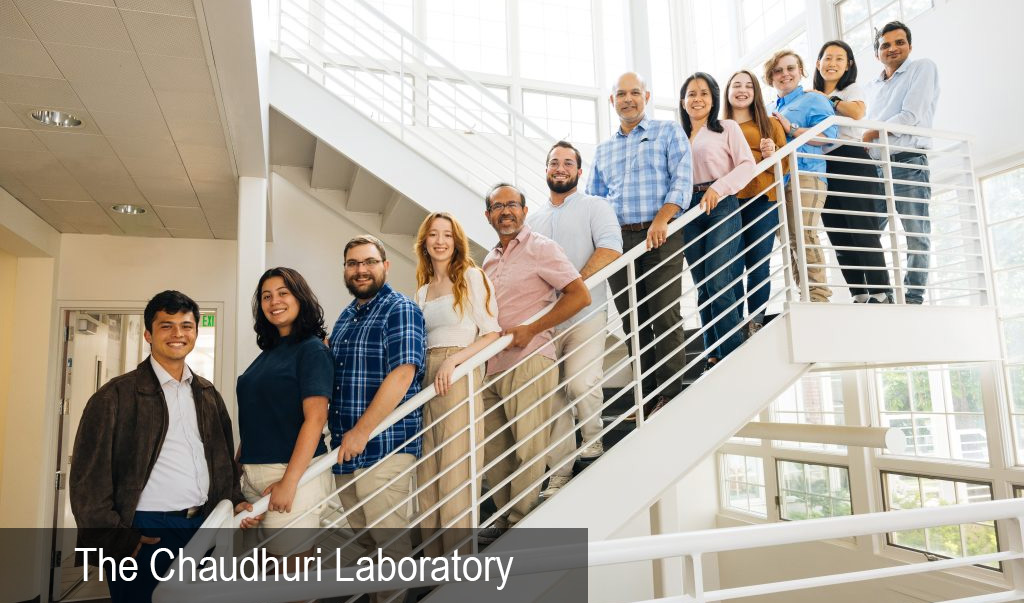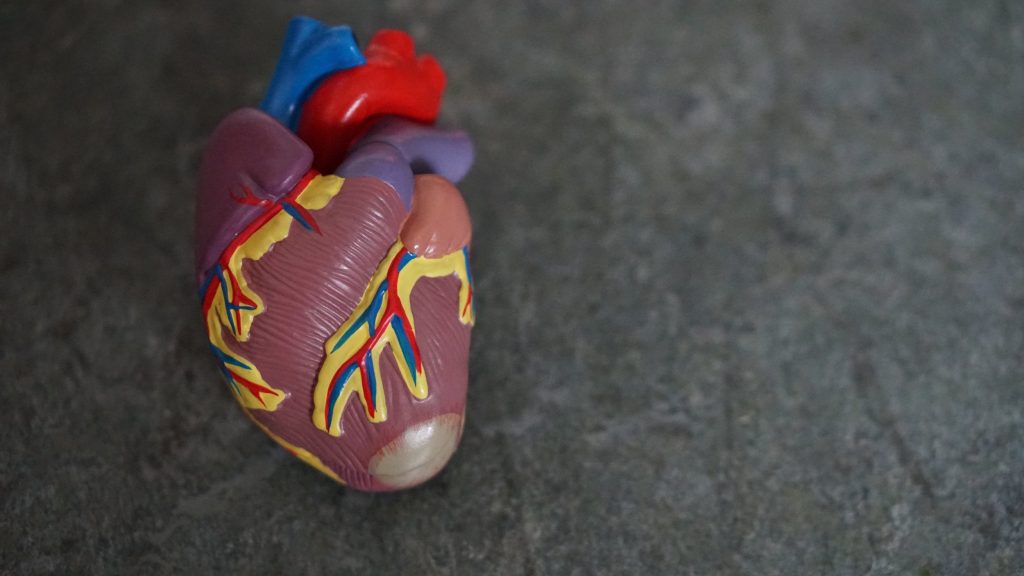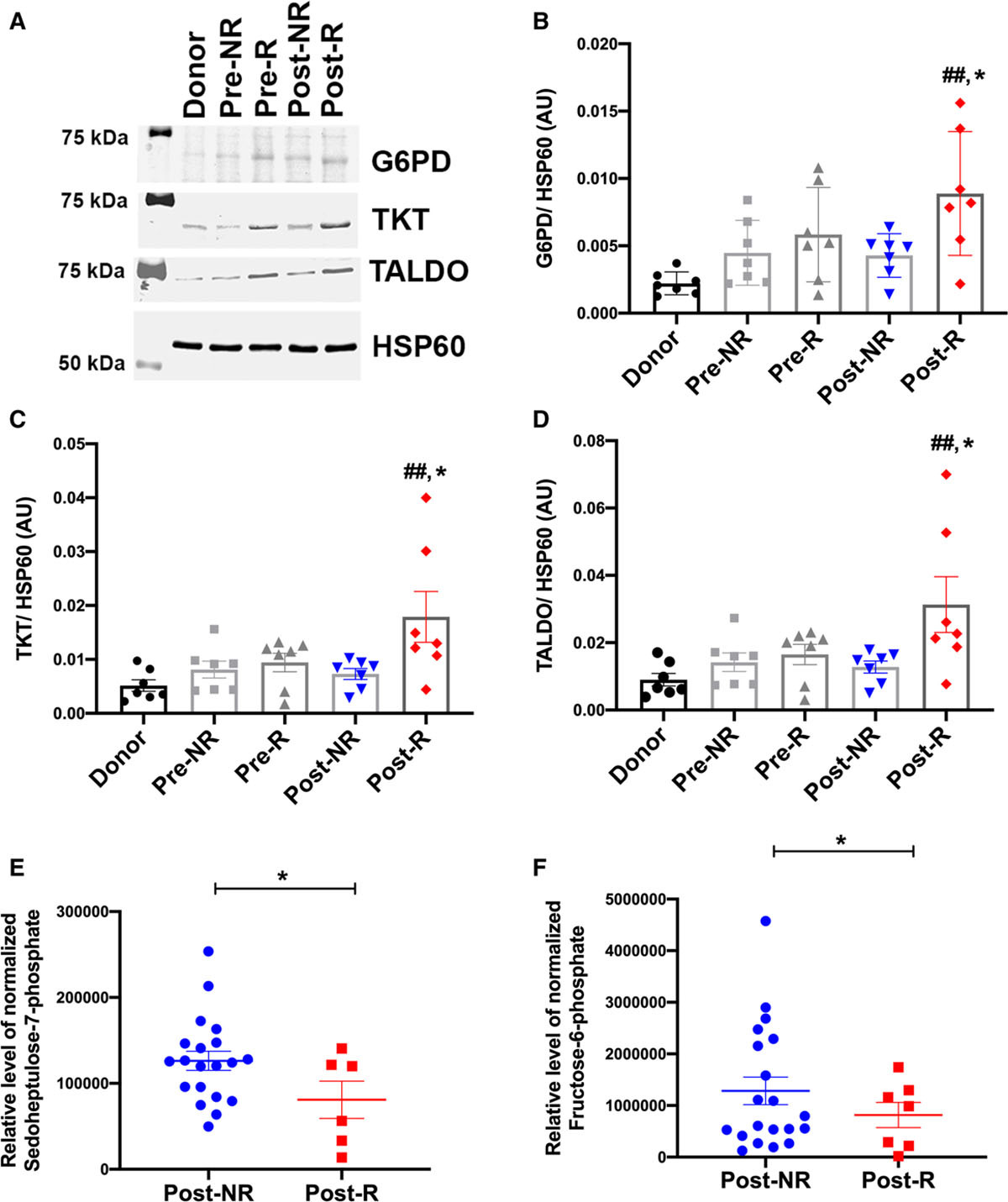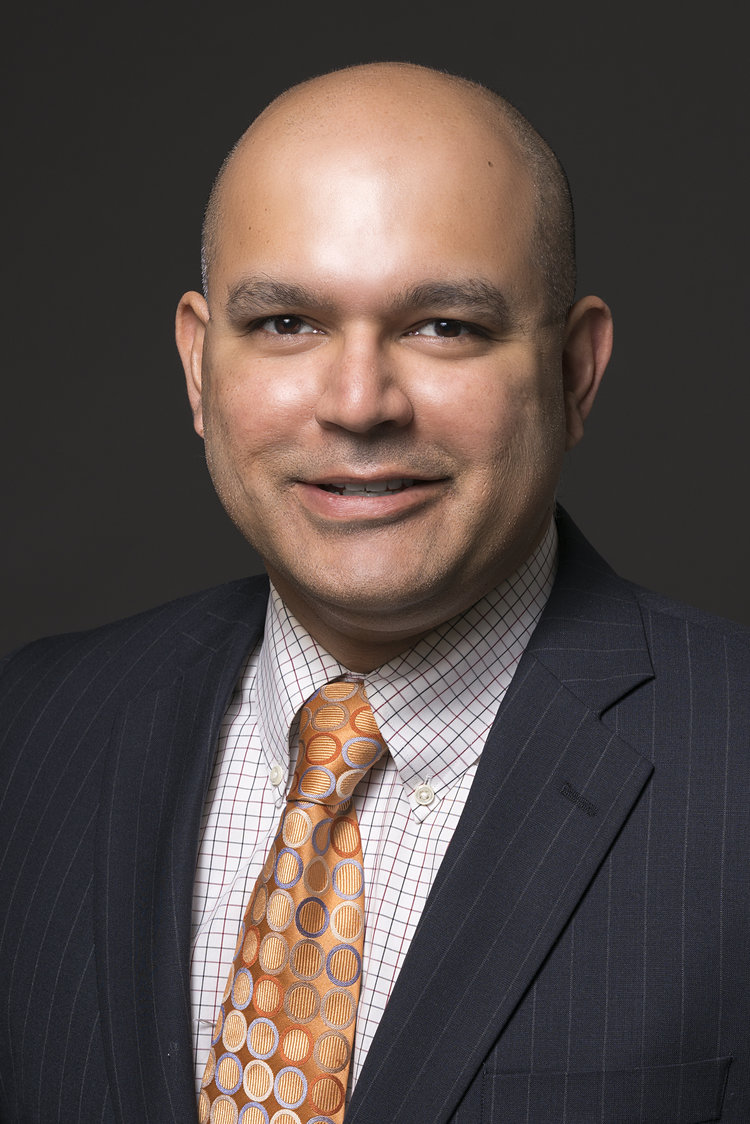
The Chaudhuri Laboratory’s research is investigate how cardiac metabolism is altered in heart failure, and use these discoveries to seek new therapeutic interventions. Heart disease remains the leading cause of death worldwide. Heart failure—the inability of the heart to pump sufficient blood with each heartbeat—is an increasingly prevalent cause of such disease, contributing to one in 9 deaths in the United States. We study how altering the transport of calcium ions into mitochondria, critical for the cardiac heartbeat and metabolism, can be used to treat heart failure. For these studies, we focus on both adult and pediatric forms of this disease, particularly those caused by mitochondrial dysfunction.

Featured Publications
 | Mechanisms of EMRE-Dependent MCU Opening in the Mitochondrial Calcium Uniporter Complex. | we demonstrate that EMRE controls MCU activity via its transmembrane helix, while using an N-terminal PKP motif to strengthen binding with MCU. Opening of MCU requires hydrophobic interactions mediated by MCU residues near the pore's luminal end. | Van Keuren AM, Tsai CW, Balderas E, Rodriguez MX, Chaudhuri D, Tsai MF. Mechanisms of EMRE-Dependent MCU Opening in the Mitochondrial Calcium Uniporter Complex. Cell Rep. |
 | TRPswitch-A Step-Function Chemo-optogenetic Ligand for the Vertebrate TRPA1 Channel | we discovered "TRPswitch", a photoswitchable nonelectrophilic ligand scaffold for the transient receptor potential ankyrin 1 (TRPA1) channel. | Lam PY, Thawani AR, Balderas E, White AJP, Chaudhuri D, Fuchter MJ, Peterson RT. TRPswitch-A Step-Function Chemo-optogenetic Ligand for the Vertebrate TRPA1 Channel. |
 | The Role of Nonglycolytic Glucose Metabolism in Myocardial Recovery Upon Mechanical Unloading and Circulatory Support in Chronic Heart Failure | The recovering heart appears to direct glycolytic metabolites into pentose-phosphate pathway and 1-carbon metabolism, which could contribute to cardioprotection by generating reduced nicotinamide adenine dinucleotide phosphate to enhance biosynthesis and by reducing oxidative stress. | adolia R, Ramadurai DKA, Abel ED, Ferrin P, Taleb I, Shankar TS, Krokidi AT, Navankasattusas S, McKellar SH, Yin M, Kfoury AG, Wever-Pinzon O, Fang JC, Selzman CH, Chaudhuri D, Rutter J, Drakos SG. The Role of Nonglycolytic Glucose Metabolism in Myocardial Recovery Upon Mechanical Unloading and Circulatory Support in Chronic Heart Failure. |
The Chaudhuri Lab Research Team
 Dipayan Chaudhuri, MD, PhD | ||
 Enrique Balderas Angeles Associate Instructor |  David Eberhardt | Jackeline Posso-Drada Research Associate |
 Neeraj Rai Postdoctoral Associate |  Ashley Bratt Laboratory Specialist |  Yasmin Battaglia Masini Research Assistant |
 Sandra Lee Ph.D Graduate and Medical Student | Emma Chan-Rekate Laboratory Specialist |


